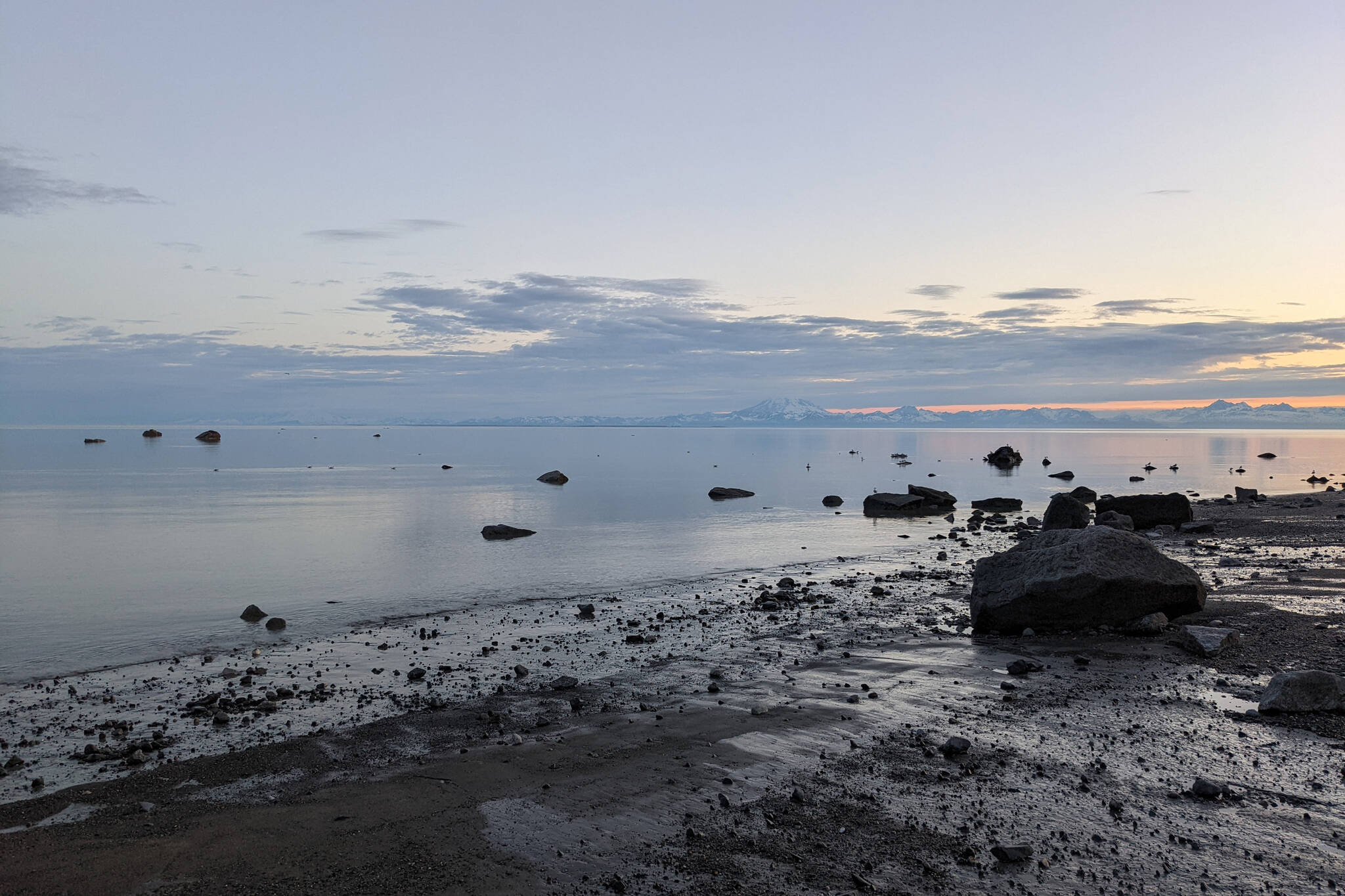The Bureau of Ocean Management will begin accepting public comments on the federal government’s proposal for a new oil and gas lease sale in Cook Inlet beginning Friday.
The U.S. Department of the Interior announced last Friday that it is mulling a new oil and gas lease sale in northern Cook Inlet. Cook Inlet is one of 11 locations described in the department’s Proposed Program for the National Outer Continental Shelf Oil and Gas Leasing Program, published July 1.
Per the Bureau of Ocean Energy Management, the proposed Cook Inlet lease sale would occur in 2026. In addition to the proposed Cook Inlet sale, the plan also proposes 10 sales in the Gulf of Mexico between 2023 and 2028.
U.S. Department of the Interior Secretary Deb Haaland said in a July 1 press release that the proposal is the second step in a three-step planning process and is not a decision to issue specific leases or authorize drilling. The Proposed Program is the same as the Five-Year Program finalized in 2016, the department said.
“From Day One, President Biden and I have made clear our commitment to transition to a clean energy economy,” Haaland is quoted as saying in the release. “Today, we put forward an opportunity for the American people to consider and provide input on the future of offshore oil and gas leasing.”
The Biden administration earlier this year canceled a proposal that would have opened more than 1 million acres of Cook Inlet to oil and gas development. The cancellation was celebrated by local environmental groups who long worked to oppose the sale, including Cook Inletkeeper, which has a stated mission of protecting the Cook Inlet watershed.
Cook Inletkeeper Advocacy Director Liz Mering criticized the Biden administration’s new proposed lease sale in a July 1 press release. Mering wrote that there is a “long history” of Alaskans opposing leases in Lower Cook Inlet and highlighted opposition to the canceled Lease Sale 258. That sale was not held, the proposal says, due to “lack of industry interest in the area.”
“We are at a critical juncture in the climate change crisis and must not start 40 more years of carbon-based fuel production in Lower Cook Inlet at the expense of local and sustainable economies of fishing and tourism,” Mering says in the release.
Because of Cook Inlet’s proximity to Anchorage, the plan says, combined federal and state production could “help fulfill the region’s energy needs.” The plan says there “is not currently” any oil or gas production from existing Cook Inlet Outer Continental Shelf leases, but that new production would primarily be consumed locally and “could modestly ease the high natural gas prices in the Anchorage area.”
“A 2018 State of Alaska study estimated that due to a shrinking resource base, Cook Inlet gas production from state lands can meet the estimated south-central Alaska demand of around 80 billion cubic feet per year until 2030,” the plan says.
The agency reported that there have been six lease sales in the Cook Inlet Program Area since 1977. The area has 14 existing leases, all of which were issued in 2017, the report says.
The 90-day public comment period officially starts on July 8, 2022, and will end on Oct. 6. Comments can be submitted online at www.regulations.gov with docket ID BOEM-2022-0031. Comments can also be submitted via mail to:
Ms. Kelly Hammerle, Chief, National OCS Oil and Gas Leasing Program Development and Coordination Branch
Leasing Division, Office of Strategic Resources, Bureau of Ocean Energy Management (VAM-LD)
45600 Woodland Road
Sterling, VA 20166-9216
The full plan can be found on the Bureau of Ocean Energy Management website at boem.gov.
Reach reporter Ashlyn O’Hara at ashlyn.ohara@peninsulaclarion.com.


